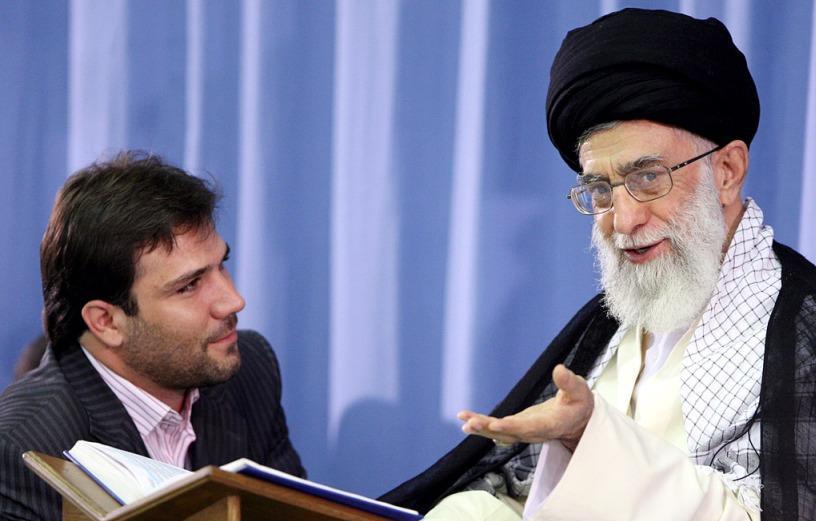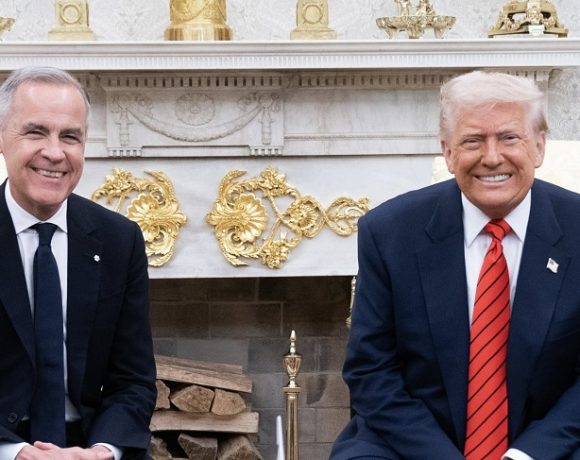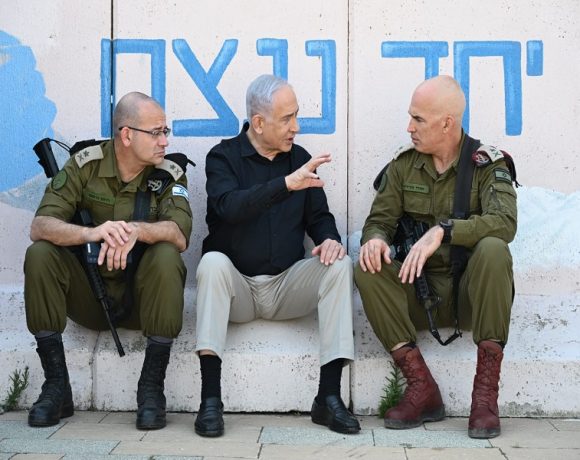
Khamenei Evaded Targeted Israeli Strike by Going Underground
Iran’s Supreme Leader Ayatollah Ali Khamenei narrowly escaped a targeted assassination attempt during the recent 12-day conflict by retreating into a heavily fortified underground bunker and cutting off all communications with his top commanders. The revelation, made by Israeli defence officials, sheds light on a secretive and high-stakes chapter of the escalating hostilities between Iran and Israel.
The attempted strike reportedly followed Iran’s missile attack on the Israeli city of Beersheba, which injured dozens and marked a significant escalation in the conflict. In response, Israel weighed high-level retaliatory measures, including the possibility of eliminating Khamenei. However, once the Supreme Leader vanished from public view on June 13, the plan became impractical. Israeli Defence Minister Israel Katz stated that Khamenei had gone “to very great depths” underground, making detection and targeting impossible. He only re-emerged after the ceasefire was brokered, delivering a pre-recorded address in which he declared Iran victorious and boasted of having dealt a “harsh slap to America’s face.”
Throughout the conflict, Israeli airstrikes had already taken out several key Iranian scientists and senior military figures. But the direct targeting of Khamenei was considered a far more consequential move, potentially triggering unpredictable regional consequences. While there was strong political appetite in some quarters—including discussions involving the Israeli Prime Minister and U.S. President—for a regime change strategy, operational and geopolitical risks led to restraint.
Khamenei’s ability to disappear and survive has refocused global attention on Iran’s command structure and succession planning. His secure bunker, guarded by the elite Vali-ye Amr unit of the Islamic Revolutionary Guard Corps, represents a critical pillar of Iran’s military resilience. The decision to isolate himself completely from operational command was seen as a calculated move to preserve the continuity of leadership in the event of targeted strikes.
Khamenei bunker
The Supreme Leader’s reliance on an ultra-secure underground hideout highlights the depth and preparedness of Iran’s internal defence infrastructure. The bunker’s location and technological countermeasures effectively neutralized one of Israel’s most ambitious covert objectives during the conflict.
Israel threat
Israel’s confirmation of its intent to eliminate Khamenei, had he been within reach, signals a new level of strategic brinkmanship. Defence Minister Katz’s remarks validate that decapitation strikes are being considered as serious tools in modern warfare, especially when facing state-backed militant activity.
Underground hideout
The fact that Khamenei chose total isolation, abandoning direct control over battlefield operations, points to a highly institutionalized leadership model in Tehran. It also underscores the increasing complexity of executing leadership-targeted operations in adversarial states with well-developed defense networks.


















